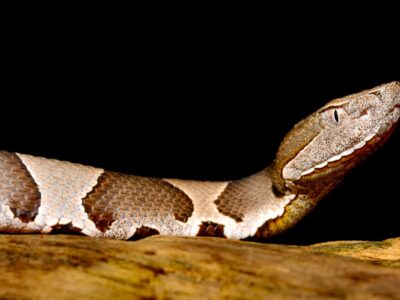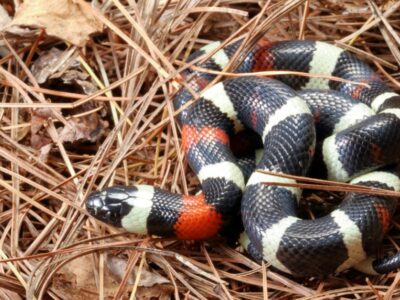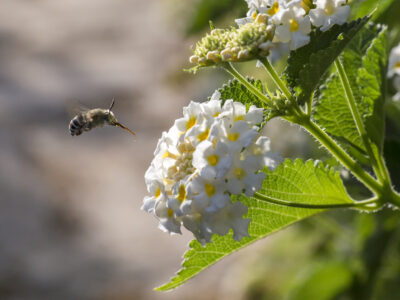Illinois is of course famous for Chicago, which is not its capital but its largest city, and there are some who may be surprised to learn that the state has any substantial wildlife at all. Yet there are wild places even around Chicago. The city does have that backward-flowing river, and it is found on the shores of Lake Michigan. Both bodies of water are home to a variety of wild organisms, even if they are not the most charismatic. With that in mind, here’s more about mammals, birds, fish, reptiles, amphibians, insects, and other animals in Illinois.
The Official Animal of Illinois
The state animal of Illinois is the white-tailed deer, one of the most common mammals in the United States. This deer gets its name because it raises its tail, whose underside is white, as it runs.
Illinois named its state bird as the northern cardinal, whose male stands out with his bright red plumage, in 1929. The state insect is the beautiful orange and black monarch butterfly, picked by third grade classes in Decatur in 1975. The state fish is the bluegill, which was chosen in 1986 by schoolchildren.
As for the state reptile, it’s the painted turtle and the state amphibian is the eastern tiger salamander, both adopted after a vote of Illinois citizens in 2004. The state snake is the eastern milksnake. The white-tailed deer is the state animal of Illinois. ©Herbie Pabst/Shutterstock.com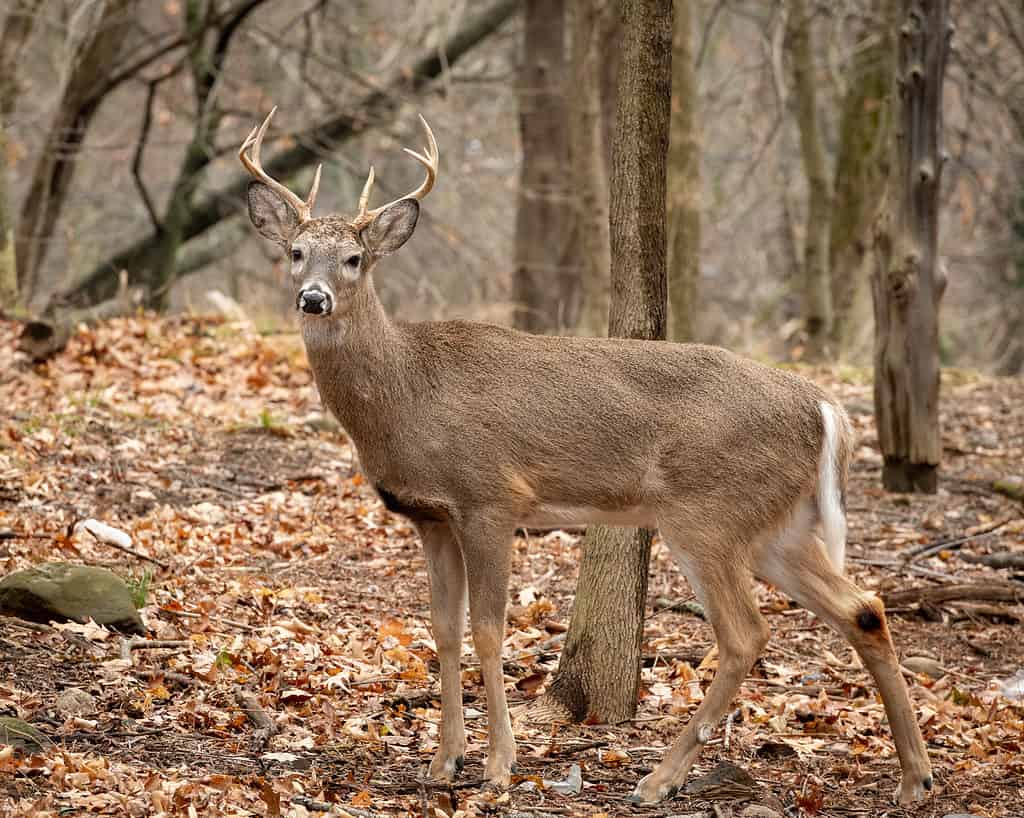
Where to Find the Top Wild Animals in Illinois
Illinois is blessed with many wildlife refuge areas where visitors can experience its abundance of wild creatures. Among them is the Driftless Area found in the state’s northwest corner, which holds tributaries of the Mississippi River and is an excellent place to find trout and other freshwater fish. The Driftless Area is also part of the Mississippi Flyway and is a fantastic site for birdwatchers.
Another place to find the top Illinois animals is the Shawnee National Forest near Harrisburg. This forest contains wilderness areas such as Bald Knob, Lusk Creek and Garden of the Gods. Other wildlife refuges are Crab Orchard, Emiquon, Hackmatack, Meredosia and the areas around the upper and middle Mississippi River.
State parks, waterfalls, natural areas and fish and wildlife areas include Apple River, Jubilee College, Fox Ridge, Lake Murphysboro, Baldwin Lake, Heidecke Lake, Pekin Lake, Turkey Bluffs and the Kaskaskia River. There’s also the Sielbeck Forest, the Volo Bog and Harry “Babe” Woodyard State Natural Area. Shawnee National Forest near Harrisburg contains wilderness areas such as Garden of the Gods. ©iStock.com/Purdue9394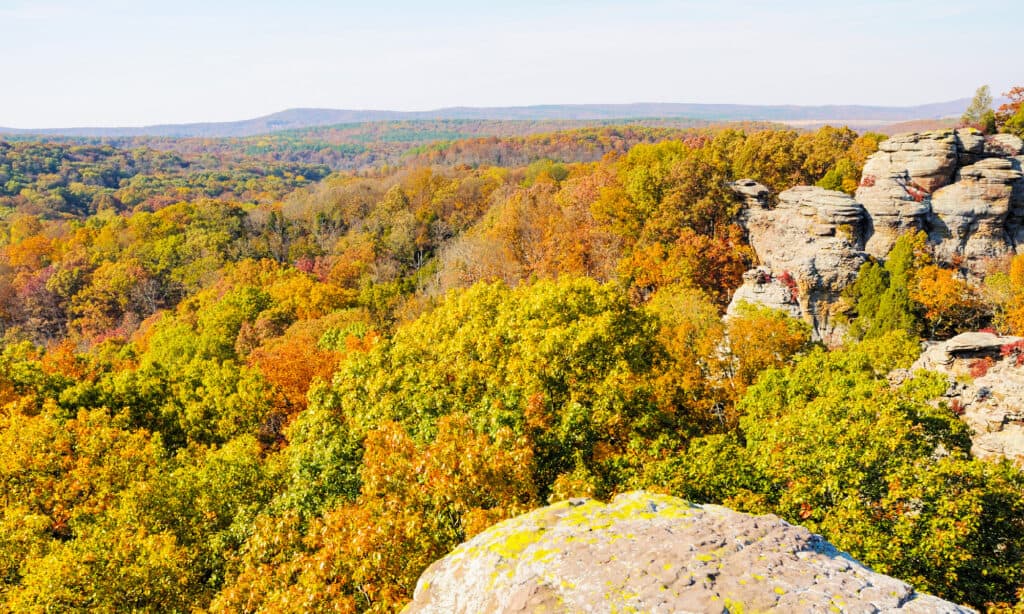
Among the creatures to be seen in these places are:
Mammals
The other large mammal besides the white-tailed deer is the bison, which are native to Illinois and have been reintroduced into the state after being extirpated. A herd of about 30 individuals grazes on the Nachusa Grasslands. The larger predators in Illinois are the coyote, the American black bear and the bobcat. Though there’s no breeding population of cougars, the big cats pass through the state on their way to somewhere else. Red and gray foxes also call Illinois home.
Smaller mammals include rodents such as chipmunks, squirrels, deer mice and the Norway rat, which is not native to the state and is now a bit of a pest. Besides many species of rodents, there are moles, shrews, rabbits and bats. The Norway rat is not native to the state and is now considered a pest.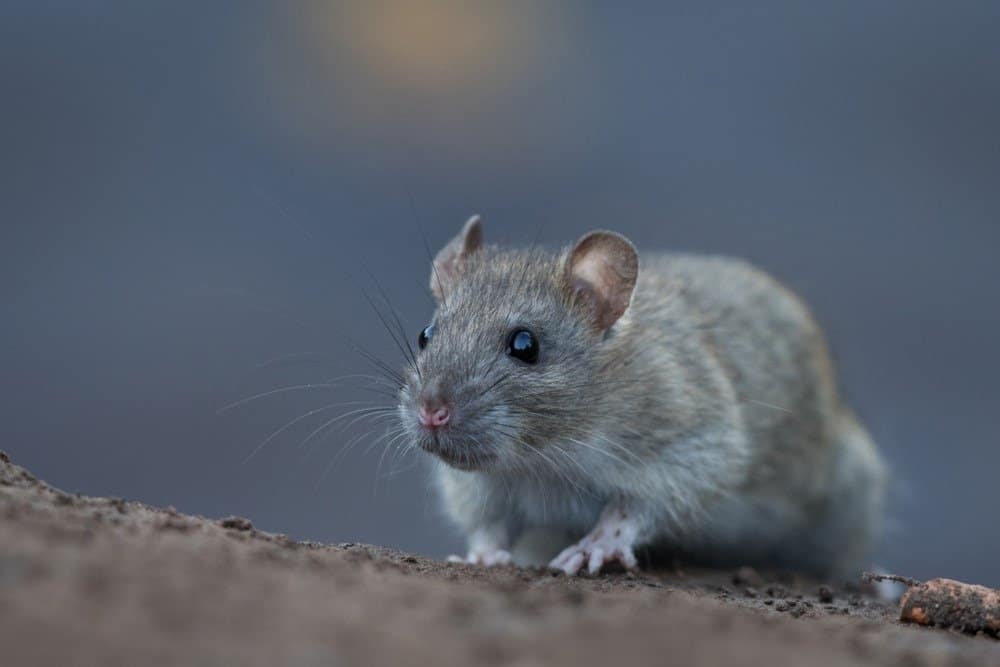
©JaklZdenek/Shutterstock.com
Birds
About 450 species of birds either live in Illinois year-round or come to the state to breed. There are many varieties of waterfowl that take advantage of the state’s multiple bodies of water. These include birds associated with the ocean, such as seagulls. There are also birds of prey such as eagles, ospreys and owls. Owls include the eastern screech-owl with its weird, piercing call, the barred owl and the snowy owl. This is the species that Hedwig in Harry Potter belongs to, though Hedwig is played by a male, since their plumage is whiter than the female’s.
Many songbirds frequent yards, city parks and farms, including blue jays, robins, vireos, cardinals, sparrows, crows, mockingbirds, the eastern bluebird and starlings. The red crossbill has a strange looking beak that crosses at the tips, but this lets it more easily pull seeds from pine cones. The red crossbill has an unusual beak that overlaps at the tips.
©iStock.com/bobloblaw
Fish
The state’s freshwater lakes, ponds, marshes, rivers and streams allow for a great variety of fish. They include the largemouth and smallmouth bass, the bluegill, which is the state fish, the pumpkinseed, the crappie and the warmouth, named perhaps for its aggression and the strange fact that it has teeth on its tongue. Other fish that live in Illinois waters are the very common channel catfish and its relatives the bullheads. More fish are burbots, perches, saugers, saugeyes, walleyes and the muskellunge. Though they spend much of their lives in the ocean, salmon need to return to their native Illinois rivers to spawn. The sea lamprey, a weird, creepy, parasitic creature with circles of teeth in its mouth, is also found in Illinois. The bluegill is the state fish of Illinois. ©RLS Photo/Shutterstock.com
Reptiles and Amphibians
Though the winters can be brutal, the climate and geography of Illinois are welcoming to some reptiles and amphibians. Lizards include skinks and legless glass lizards, fence lizards and racerunners. Turtles are the state reptile of the painted turtle, the rare Blanding’s turtle, the river cooter, the ornate box turtle and the smooth and spiny soft-shell turtles. There’s a turtle called the stinkpot, named because it gives off a nasty smelling musk when it’s bothered.
Snakes include garter snakes, earthsnakes, ratsnakes, foxsnakes, kingsnakes, black snakes, and watersnakes. Kirtland’s snake is a near threatened snake that is the only species in its genus. The scarlet snake, with its red, white and black bands, recalls the venomous coral snake but is harmless. Illinois does have four venomous snakes. They’re the copperhead, the cottonmouth, the timber rattlesnake and the massasauga rattler.
Amphibians in Illinois are different species of salamander, including the lesser siren, which has such tiny limbs that it might as well be legless. The hellbender is an endangered salamander that breathes mostly through folds in its skin. It is becoming rare due to pollution and habitat destruction. Frogs and toads are the American toad, the Fowler’s toad, the crawfish frog and the eastern spadefoot. Strecker’s chorus frog is a tiny frog that climbs trees and comes out at night. The bullfrog is also well represented in Illinois. The painted turtle was voted in as the state reptile by Illinois citizens in 2004.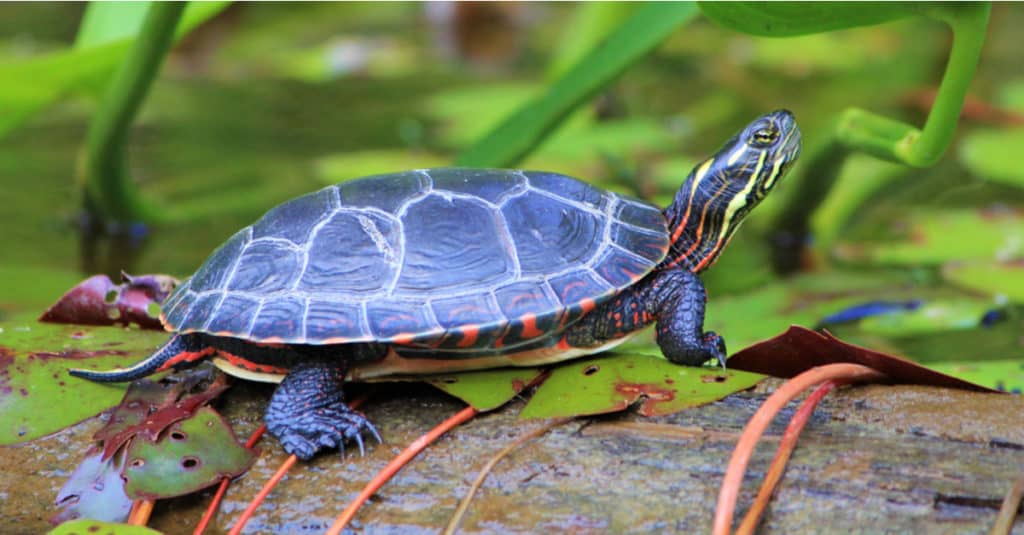
©Sketchart/Shutterstock.com
Insects and Other Invertebrates
Insects and other invertebrates make up the lion’s share of animals that are strange or weird, but their weird looks or habits have evolved to help them survive and reproduce. Among the strangest of the wasps is the American pelecinid wasp. This wasp has an ovipositor that’s longer than her body and is used to dig into the ground to find grubs. When she finds one, she lays an egg on it, then goes on to find another grub. When the wasp larva hatches, it chews its way into the grub then chews its way out after eating its viscera. The pelecinid wasp can also reproduce asexually. It is much sought after by gardeners.
Other invertebrates found in Illinois include many species of spiders, including orb weavers and crab spiders, flies, including the bee-like tachinid fly, bees, aphids, dragonflies, ladybugs and other beetles, ants, grasshoppers, crickets, butterflies, moths and mosquitoes. There are ticks, mites, book lice, millipedes, centipedes and pillbugs.
There are tens of thousands of species of worms, including earthworms, roundworms, arrow worms, horsehair worms, goblet worms, peanut worms and Xenoturbellida, also called strange worms. Illinois also has its share of the nearly indestructible water bear as well as freshwater mollusks.
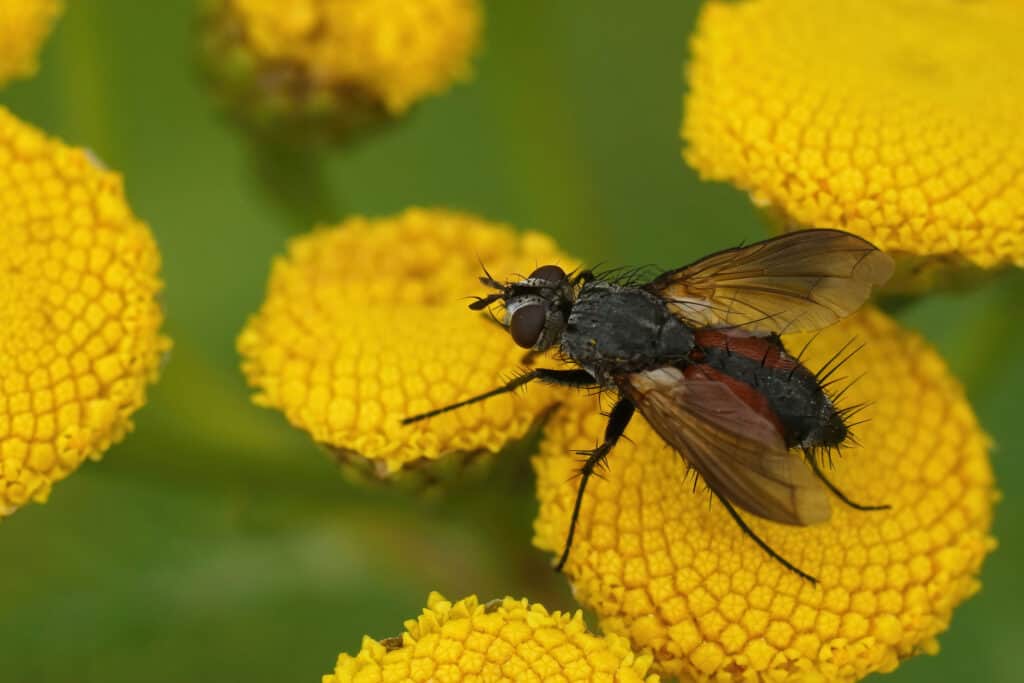
The tachinid fly is a bee-like fly species found in Illinois.
©iStock.com/Wirestock
Zoos in Illinois
Folks who wish to see lions, tigers and bears at a close but safe distance can visit Illinois’ zoos. Some are the Brookfield Zoo; Chicago’s famous Lincoln Park Zoo; the Cosley Zoo in Wheaton; the Miller Park Zoo in Bloomington; the Scovill Zoo in Decatur and the Henson Robinson Zoo in Springfield. There’s also the Shedd Aquarium in Chicago, where visitors can encounter aquatic life not naturally found in Illinois such as sharks, stingrays and penguins. The Shedd Aquarium in Chicago contains a tank that holds more than 2 million gallons of water.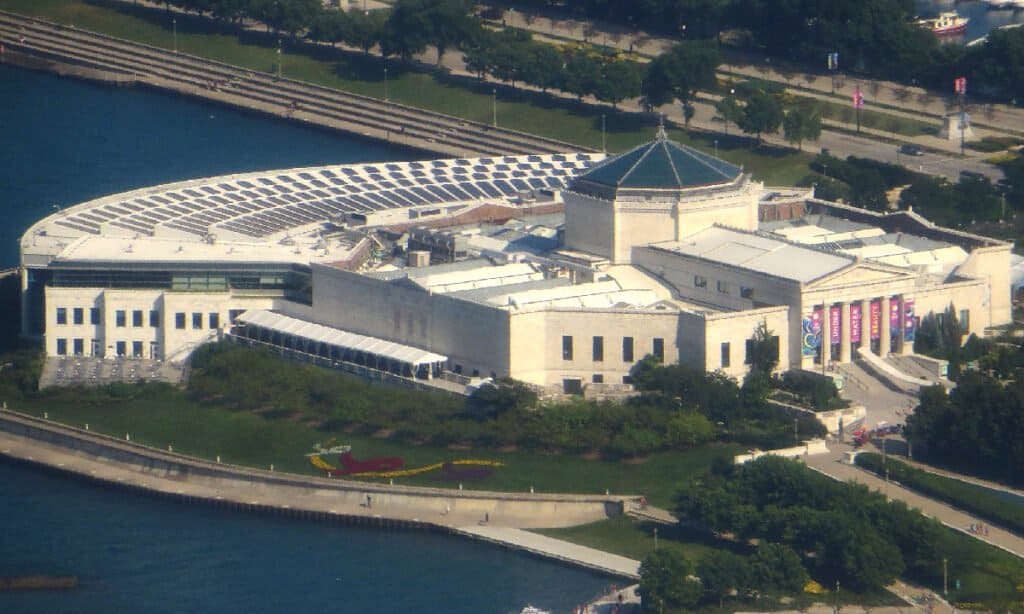
©Ken Lund / flickr – License
Wild Animals in Illinois
Other animals in Illinois include the mischievous bird grasshopper. This is a large grasshopper that causes mischief by being a pest on ornamental plants. It’s a strong flyer, and its coloration ranges from brown to orange. Like other grasshoppers, it doesn’t undergo metamorphosis but simply grows from a tiny grasshopper to a full-grown one with each molt.
The freshwater drum gets its name because grown males make a sound that resembles drumming or grunting. A freshwater drum can live into its 70s and though as much as a million pounds of this fish can be caught every year, they are so hardy and reproduce so lavishly that they are listed as of least concern.
The thirteen-lined ground squirrel looks like a cross between a squirrel and a chipmunk, with stripes and spots down its back. It lives in the grasslands where it digs a burrow with several chambers, including one for hibernation. This ground squirrel is one of Illinois’ many rodent predators and will even eat a mouse if it can catch one.
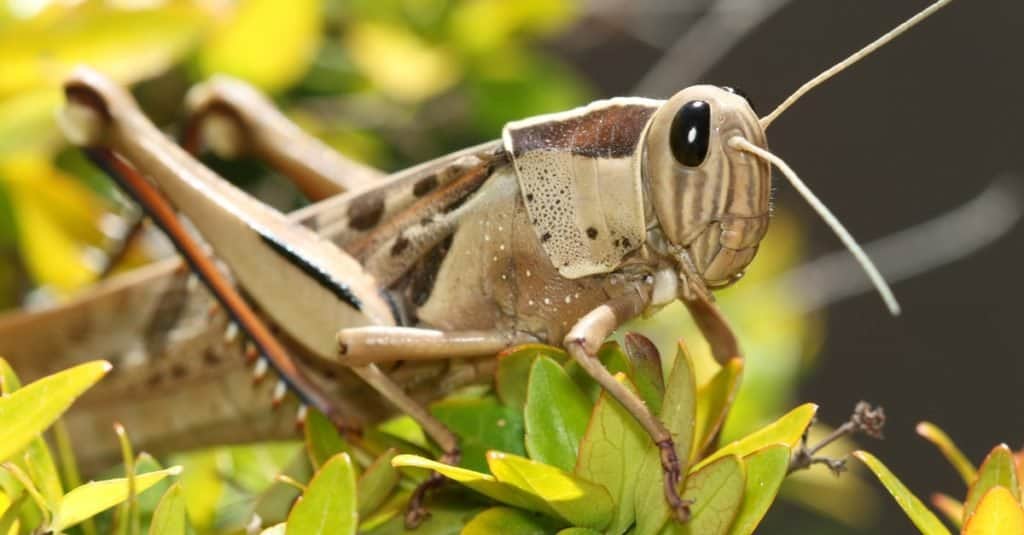
The bird grasshopper can be found on ornamental plants.
©Enid Versfeld/Shutterstock.com
Largest Animals in Illinois
The largest animal in Illinois is the bison. These mighty beasts can grow to around 6 feet, 7 inches at the shoulder and weigh up to 3,000 pounds. They are grazers and usually live in large herds, with the females and calves in one and the males in smaller “bachelor herds.” Once widespread across the state, bison were hunted to extinction in the 1800s, however in 2014 a small herd was successfully reintroduced. They now roam wild at the Midewin National Tallgrass Prairie and Nachusa Grasslands.
Reaching lengths around 9 feet, the longest snake in Illinois in the gopher snake. These snakes are not venomous and eat rodents, birds, and pocket gophers. While they can live in a wide range of habitats, in Illinois they mostly can be found in prairies across the state’s central and northern regions.
The largest fish in the state by far is the lake sturgeon. The biggest ever recorded in Illinois measured 7 feet, 11 inches long and weighed 310 pounds, caught in Lake Michigan in 1943. As these freshwater fish are classified as endangered, any lake sturgeon caught in Illinois needs to be returned to the water. They are most often found in Lake Michigan.
To check out other large animals in Illinois and where to find them, go here. The bison is the largest animal in Illinois after being reintroduced to the state in 2014. ©O.S. Fisher/Shutterstock.com
The Most Dangerous Animals in Illinois Today
Illinois doesn’t have many dangerous animals, but there are a few that deserve some respect. They include:
- Bison: Although it’s good that bison have returned to Illinois after almost two centuries, they’re best enjoyed at a distance. They’re irritable and can charge with no warning.
- Massasauga: This is a beautiful rattler with a pattern of brown blotches on a gray ground and keeled scales, but it is venomous. It’s best left alone if encountered in the woods.
- Striped bark scorpion: This scorpion is one of the most common in the United States. Though it is only about 2.75 inches long, it’s considered medium-sized for a scorpion. Despite its size, its sting is painful and potentially dangerous, especially for people who are allergic to its venom, which is a neurotoxin.
- Cougars: These large predators have been seen passing through the state, and they’ve been known to attack humans. It’s a good idea to give a cougar a wide berth.
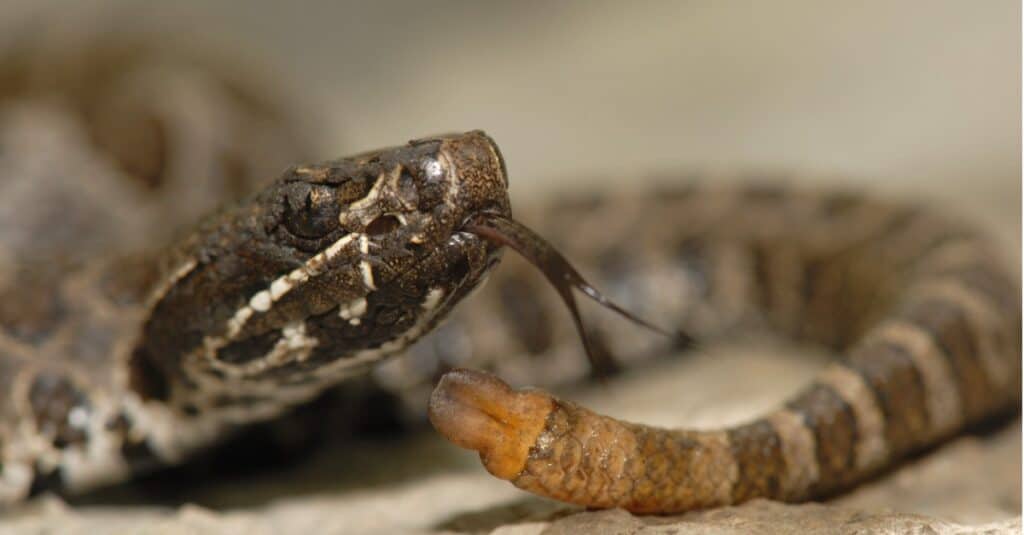
The Massasauga
rattlesnake
is venomous and should be left undisturbed if seen in the state’s woods.
©iStock.com/Shoemcfly
Endangered Animals In Illinois
Unfortunately, Illinois does have its share of endangered animals. On the Illinois List of Endangered and Threatened Species for 2020, 23 species of birds are classified as endangered and 6 threatened, 19 fish species as endangered and 17 threatened, 9 species of reptile endangered and 9 threatened, 3 mammal species as endangered and 3 threatened, 3 amphibian species as endangered and 6 threatened, and 47 species of invertebrates as endangered and 6 threatened.
Some of these are:
- Short-eared owl: Though this owl of the grasslands has a wide distribution in other places, it is endangered in Illinois.
- Greater prairie chicken: Also called the pinnated grouse, this bird has become rare due to habitat destruction. It is a charismatic bird mostly due to its strange and wonderful mating ritual.
- Starhead topminnow: This little fish is endangered due to development of the area in and around its habitat, which includes glacial lakes.
- Timber rattlesnake: These venomous snakes are endemic to North America but due to habitat loss their geographic range has shrunk so they are extinct in Canada and many U.S. states.
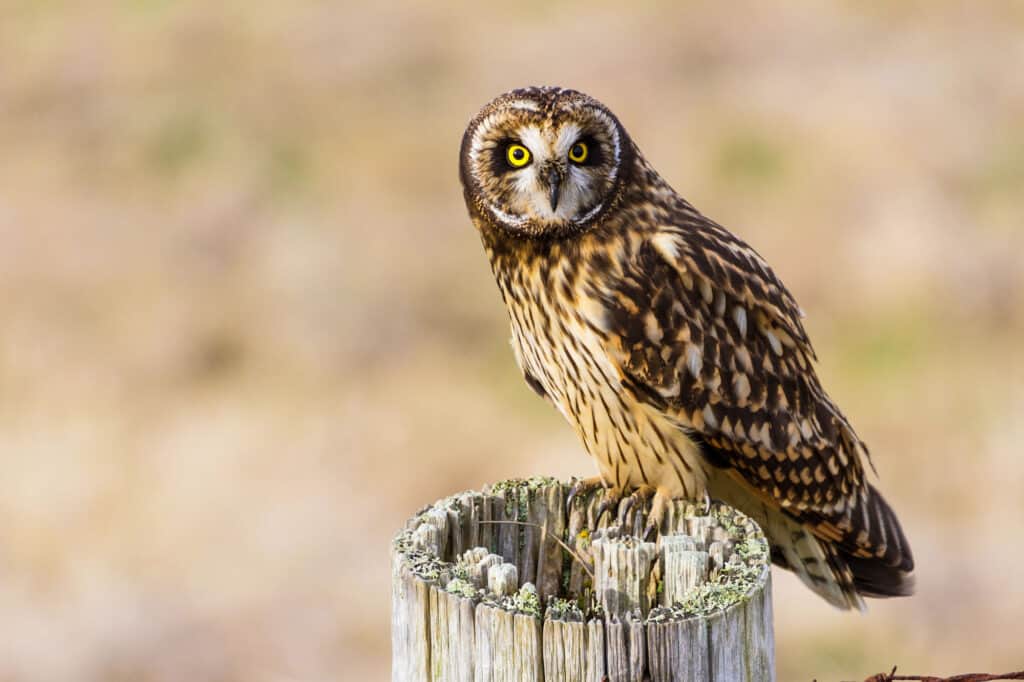
The short-eared owl is one of Illinois’ endangered species.
©iStock.com/Devonyu
Rare Animals in Illinois
The northern long-eared bat is becoming increasingly rare in Illinois and was categorized as endangered by the U.S. Fish and Wildlife Service in 2022. Native to Illinois, it lives statewide in summer and hibernates in caves in southern Illinois in winter. The bat species has been devastated by white-nose syndrome, a contagious disease (not harmful to humans) caused by a fungus that creates a visible white growth on the infected bats’ muzzles and wings that likely originated in Europe. As it infects bats while they are hibernating, they wake up to warm temperatures more often, which uses up energy and fat reserves and causes them to starve. Since the disease was observed in New York in 2006, it has spread across the country and killed millions of bats. Efforts are being made to slow the spread of white-nose syndrome, including cave and mine closures and the development of decontamination protocols.
While it’s extremely rare to see cougars in Illinois, several have been seen since 2002. Also known as mountain lions and pumas, cougars were eliminated from the state due to hunting and habitat loss in the 1870s. It’s thought that they have been passing through the state from breeding in South Dakota, and as they are a protected species in Illinois it is illegal to hunt, kill or disturb them.
Other animals that are rarely seen in Illinois but have confirmed sightings in recent years are black bears and gray wolves. It’s likely that these animals have also been passing through the state. Researchers at Southern Illinois University found less than 15% of Illinois has habitats suitable to sustain a small population of bears, wolves, or cougars. Gray wolves are a federal and state endangered species and like cougars, they and black bears are not to be hunted, killed, or harassed.
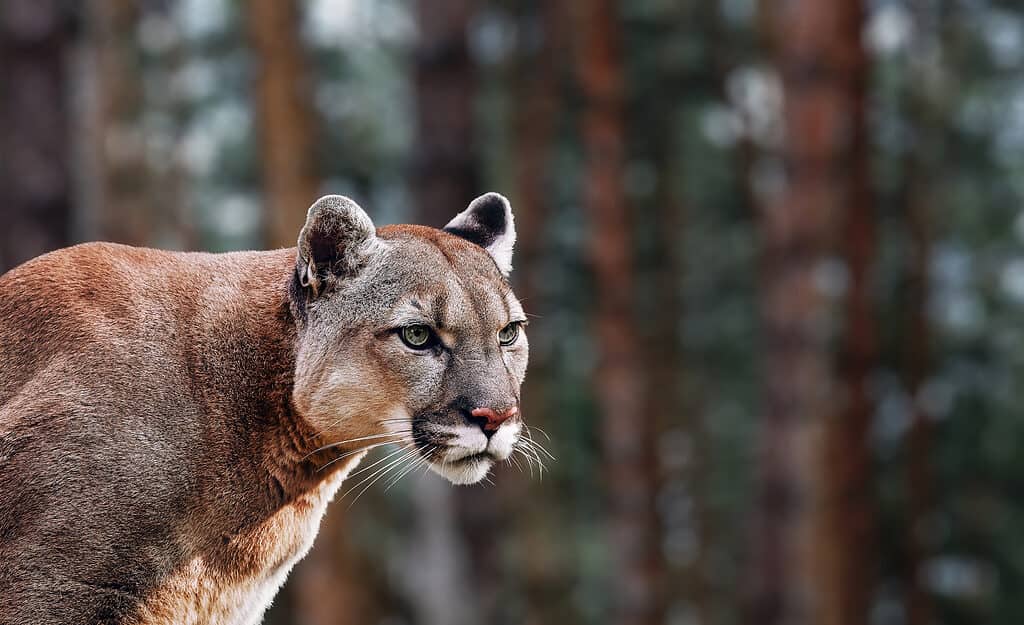
While it’s very rare to see a cougar in Illinois, there have been several sightings in recent times.
©Evgeniyqw/Shutterstock.com
Native Plants in Illinois
If you’ve ever spent some time in Illinois, there is every possibility that you have come across several native plants uncommon in other parts of the country. The nodding onion and the bergamot flower are examples of some of the plants that originated in Illinois.
Common milkweed was declared the state wildflower in 2017. These plants are vital nectar sources for pollinators and are key to the larval stage of the state insect, the monarch butterfly. Although milkweed contains cardiac glycosides, which are chemicals that are poisonous to birds and mammals, monarch larvae feed solely on milkweeds and as a result become unpalatable to predators once mature.
The number of milkweeds is declining and this may be in part due to their unique system for pollen transfer that requires a precise placement of pollen for fertilization to occur. There are several types of milkweed (including wooly milkweed, mead’s milkweed, oval milkweed, and narrow-leaved green milkweed) on the Illinois List of Endangered and Threatened Species for 2020.
Overall, 264 plants in Illinois are recognized as endangered and 66 are classed as threatened. They include the grass pink orchid, Oklahoma grass pink orchid, blue jasmine, decurrent false aster, narrow-leaved sunflower and tall sunflower, and prairie dandelion. Several types of milkweed, which are excellent pollinator plants, are on the endangered and threatened plant species list. ©iStock.com/Sundry Photography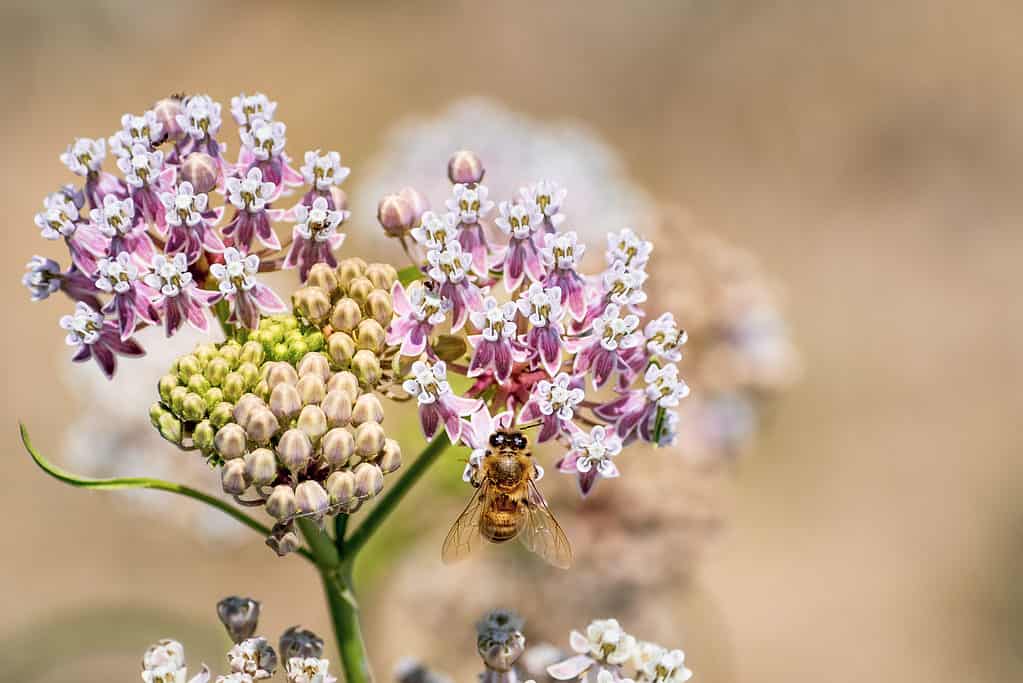
Illinois State Seal
The Illinois state seal features an eagle that holds a shield and a banner that states “State Sovereignty, National Union.” In 1868, the seal was officially adopted.
More Articles Related to Illinois
- extinct animals that lived in Illinois.
- the best dog parks in Chicago, Illinois.
- the coldest place in Illinois.
- the coldest place in Illinois.
- the best camping in Illinois.
- the best fish to catch in Illinois in the summer.
- Discover the Largest Forest in Illinois (And What Lives Within It)
Illinoisan Animals
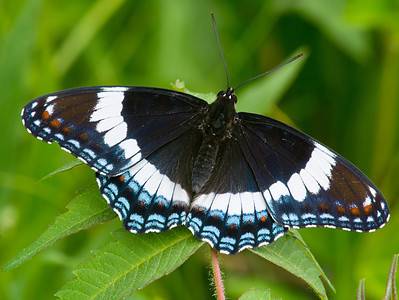
Admiral Butterfly
Stunningly beautiful wings
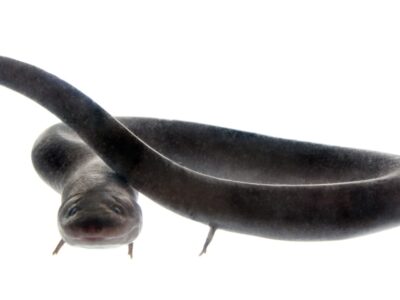
American Eel
Don't eat raw eel! Their blood is poisonous to humans when consumed raw.

Armyworm
They are so named because they "march" in armies of worms from one crop to another in search of food

Bagworm Moth Caterpillar
They continually enlarge their protective cases

Beewolf wasp
They hunt bees
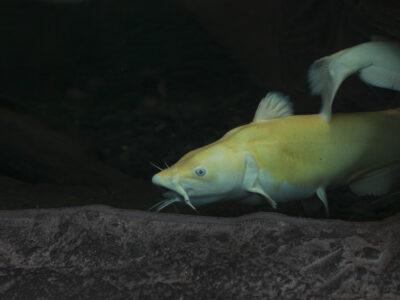
Blue Catfish
It's a strong fighter when caught on a fishing line
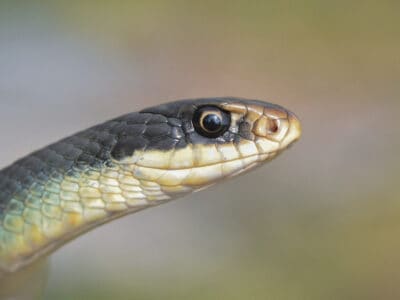
Blue Racer
Some blue racers have smooth scales that are solid electric blue while others are grayish or brownish.
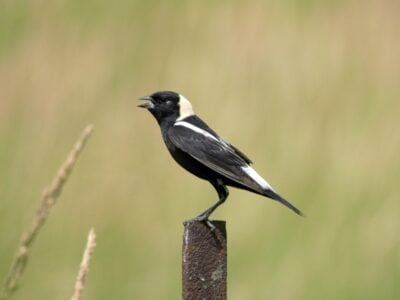
Bobolink
In spring, the male bobolink is the only North American bird who is dark below and light colored above. This makes identification easy.
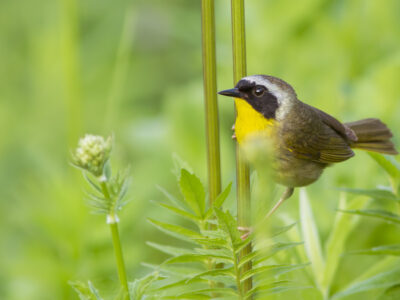
Common Yellowthroat
The Common Yellowthroat stays close to the ground and uses stealth to survive!
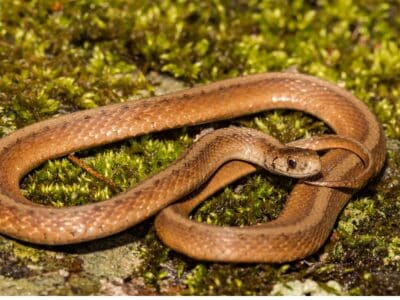
De Kay’s Brown Snake
They have specialized jaws for removing snails from shells.
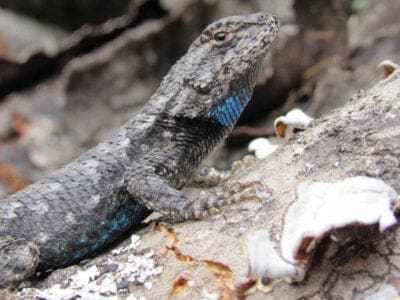
Eastern Fence Lizard
Females are usually larger than males.
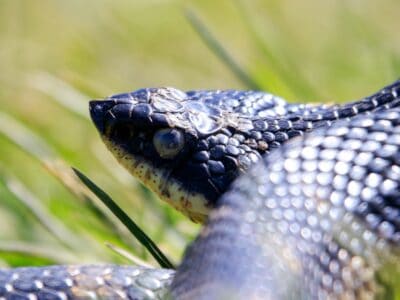
Eastern Hognose Snake
Eastern hognose snakes are venomous, but only to frogs and toads.
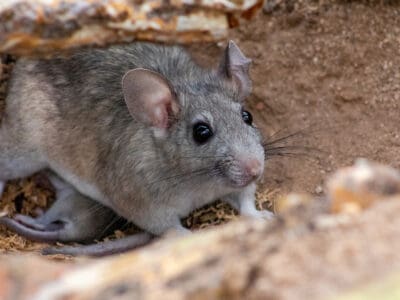
Eastern Woodrat
The eastern woodrat mating ritual involves a potentially deadly fight between the male and female before reproduction begins!

Flea
Adult fleas can jump up to 7 inches in the air
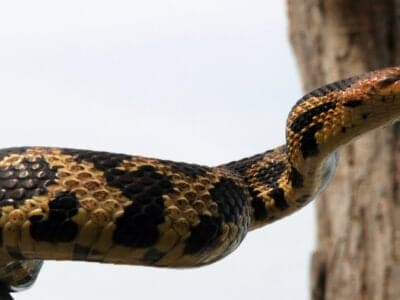
Fox Snakes
In some areas, fox snakes and gopher snakes have crossbred in the wild.
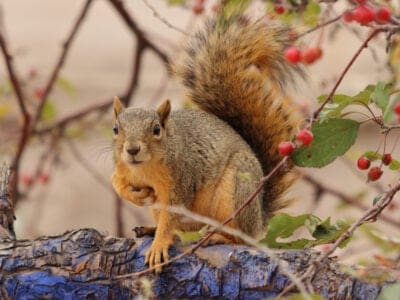
Fox Squirrel
Although it is a tree squirrel, it spends most of its time on the ground.
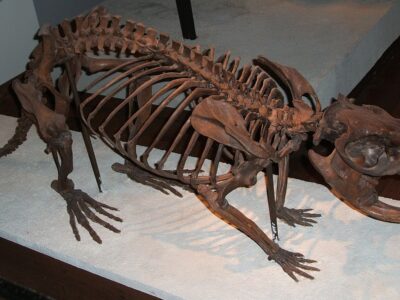
Giant Beaver
The Giant Beaver are not closely related to modern beaver at all.
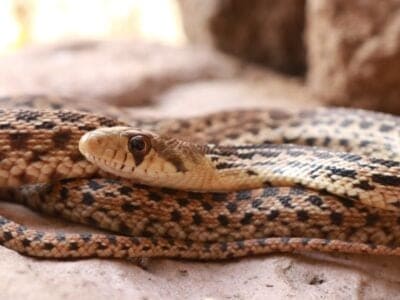
Gopher Snake
Gopher snakes can reach up to 9 feet long.
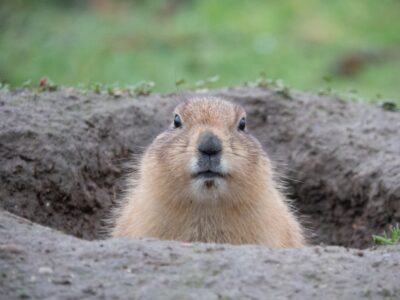
Groundhog (Woodchuck)
They whistle to each other to warn of approaching danger!
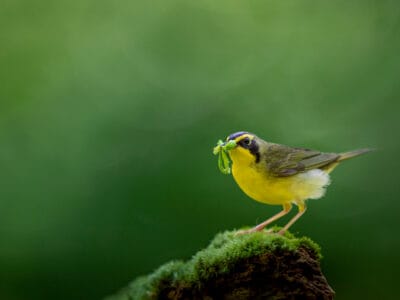
Kentucky Warbler
The Kentucky Warbler appears to wear bright yellow cat-eye glasses!
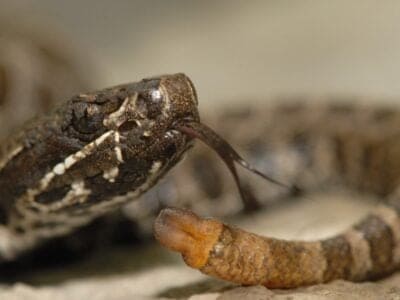
Massasauga
The name “Massasauga” comes from the Chippewa language, meaning “Great River Mouth”.

Mealybug
They have a symbiotic relationship with ants.

Mockingbird
Mockingbirds are incredible mimics that can learn hundreds of songs!
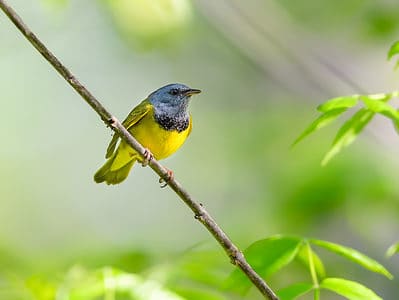
Mourning Warbler
The Mourning Warbler was named for its gray head, which resembles a mourning veil!

Nematode
Nematodes range in size from 1/10 of an inch to 28 feet long

Orb Weaver
Females are about four times the size of males

Owl
The owl can rotate its head some 270 degrees
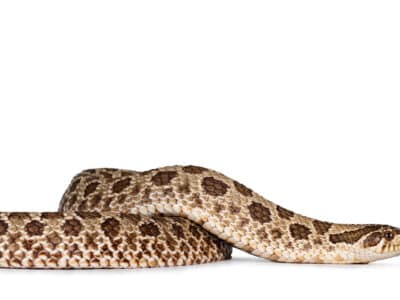
Plains Hognose Snake
The plains hognose snake gets its name from the upturned end of its snout.
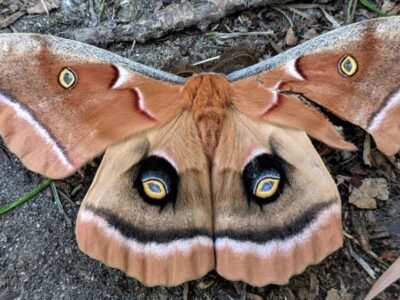
Polyphemus Moth
The Polyphemus moth doesn’t and can't eat, except when it's a caterpillar!
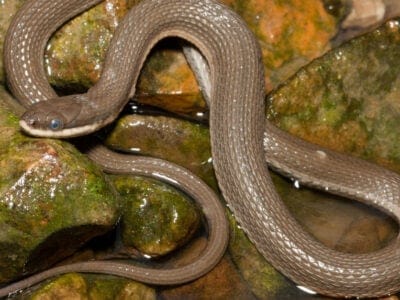
Queen Snake
Queen snakes have armor-like scales on the top of their head
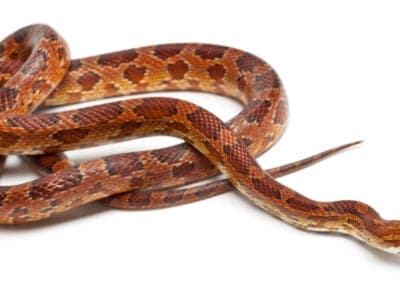
Rat Snakes
Rat snakes are constrictors from the Colubridae family of snakes.
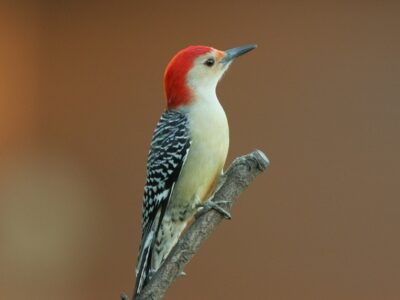
Red-Bellied Woodpecker
Red-Bellied Woodpeckers will often steal the nests of other birds.
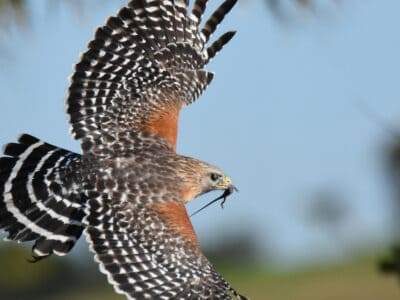
Red-Shouldered Hawk
Red-Shouldered Hawks reuse the same nesting area each year.

Rooster
Will mate with the entire flock!
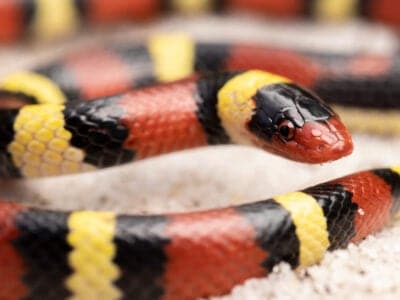
Scarlet Kingsnake
Scarlet kingsnake’s pattern is an example of Batesian mimicry.

Seagull
Some gulls are capable of using tools

Smokybrown Cockroach
Has up to 45 eggs per egg case
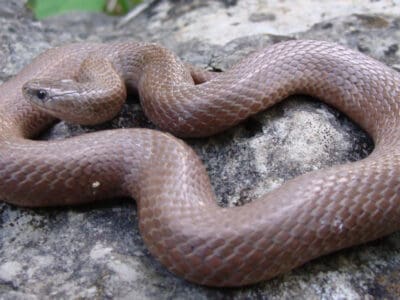
Smooth Earth Snake
Valeria Biddle Blaney (1828-1900) collected the first specimen in Maryland.
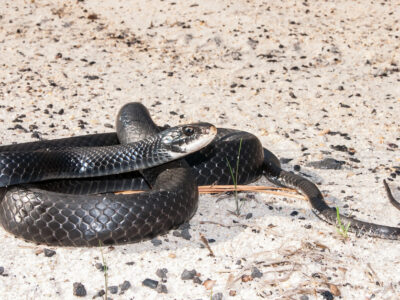
Southern Black Racer
These snakes live underground, beneath piles of leaf litter or in thickets, and they are expert swimmers.
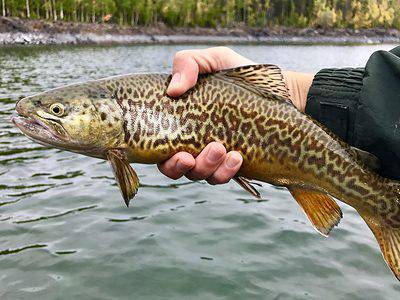
Tiger Trout
As tiger trout are sterile, they cannot produce offspring. However, they do have relatively long lifespans and can live up to 10 years in captivity.
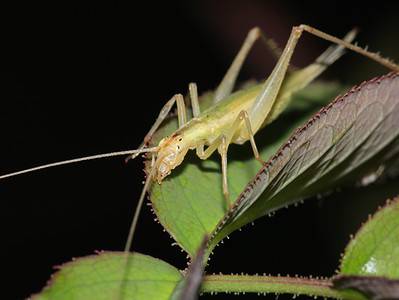
Tree Cricket
They make music with their wings
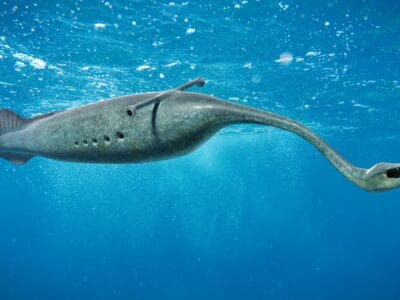
Tully Monster
Tully Monsters can neither be classified as vertebrates nor invertebrates due to their ambiguous body structure.
Illinoisan Animals List
- Admiral Butterfly
- Agkistrodon Contortrix
- American Eel
- Armyworm
- Bagworm Moth Caterpillar
- Beewolf wasp
- Blue Catfish
- Blue Racer
- Bobolink
- Common Yellowthroat
- De Kay’s Brown Snake
- Eastern Fence Lizard
- Eastern Hognose Snake
- Eastern Woodrat
- Flea
- Fox Snakes
- Fox Squirrel
- Giant Beaver
- Gopher Snake
- Groundhog (Woodchuck)
- Kentucky Warbler
- Massasauga
- Mealybug
- Milk Snake
- Mockingbird
- Mourning Warbler
- Nematode
- Orb Weaver
- Owl
- Plains Hognose Snake
- Polyphemus Moth
- Queen Snake
- Rat Snakes
- Red-Bellied Woodpecker
- Red-Shouldered Hawk
- Rooster
- Scarlet Kingsnake
- Seagull
- Smokybrown Cockroach
- Smooth Earth Snake
- Southeastern Blueberry Bee
- Southern Black Racer
- Swallowtail Butterfly
- Tiger Trout
- Tree Cricket
- Tully Monster
Animals in Illinois FAQs (Frequently Asked Questions)
What animals live in Illinois?
Wild creatures that live in Illinois include mammals such as squirrels, gophers and deer, fish, reptiles, amphibians, insects and other invertebrates and many birds such as swans, geese, ducks and songbirds.
What animal is Illinois known for?
Illinois is probably known for the white-tailed deer, which is the state animal, or the bison, which has recently been reintroduced into the state.
What is the most dangerous animal in Illinois?
Judging by how many people come into unwelcome contact with it, the most dangerous animal in Illinois is probably the striped bark scorpion.
What kind of predators live in Illinois?
Predators found in Illinois include cougars, bobcats, foxes, coyotes and black bears and different species of fish including the muskellunge, which is the apex predator wherever it lives in the state. Other predators include snakes, frogs, toads and certain insects, including assassin bugs and dragonflies. Birds of prey such as hawks and owls are also very efficient predators as are mustelids such as the mink and rodents such as the thirteen-lined ground squirrel.
How many animals are endangered in Illinois?
Dozens of species of animals are considered endangered in Illinois. They are mostly species of invertebrates, birds, amphibians and fish. Most of the endangered mammals are species of bats, whose numbers may be cratering due to a fungal disease called white-nose syndrome and to human disturbance.



